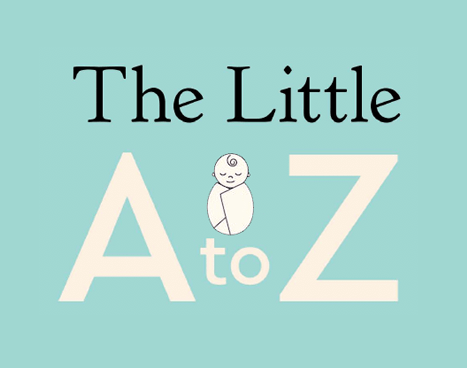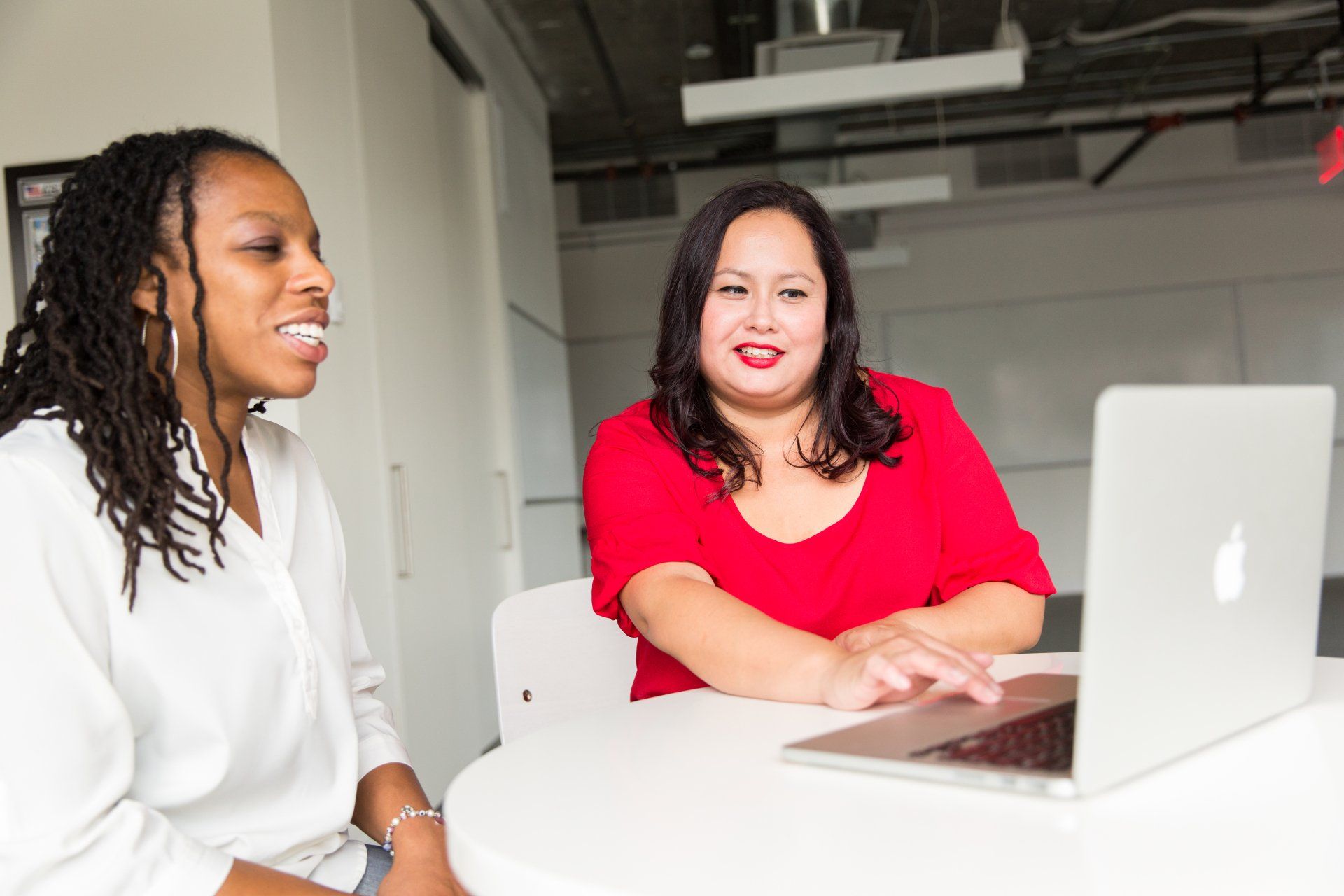New Work Norms
If we ever go back to work, what might it look like?

I’ve been holding off for months now to write on the subject of new work norms.
Every time I laid out the relevant articles cut out over the previous months from newspapers and magazines, a new variant would crop up and foil the ‘return to office’ plans of many institutions (including my own). With every pause on a ‘return to normal’ I felt less confident to write on the subject; especially one whose goal post seemed to be constantly shifting.
Before the end of last year, the question on the minds of most was, “When will I go back to work and what will it look like?” However, since the end of December 2021, the question of the day seems to have transformed into: “Are we ever going back to the office?”
I hear this in passing conversation a lot these days. I suspect like my own institution, many organizations were gearing up for the big return to the office in January 2022. Even if only for one or two days a week, it felt like an important step towards ‘normalization.’ The novelty of fully working from home has for many worn off. The idea of social contact over a lunch or coffee, especially in the dreary months of winter, had considerable appeal.
Dealing with on-going uncertainty
The challenge with our on-going COVID limbo is professionals are not entirely sure what to prepare for anymore. Prior to the new year, I had heeded my institution’s call to bring the troops back. I’d put child care in place to handle some longer days away from the house. I’d worked out my ideal hybrid schedule. I had filed for my requisite permissions to enter the building on a recurring basis. Then it all came to a halt with Omicron.
For those like me who have spent considerable time working and living in conflict areas, I liken our present situation to that low-level protracted conflict setting: people remain on high alert despite the low probability of an attack, which in turn places on-going stress physically on the body. We are no longer in flat out war or a humanitarian crisis—the need to be reacting is not so prevalent. Yet we still are living with immense uncertainty which creates physical tensions. We know our routines will never go back to what they were pre-COVID but at the same time we have no idea (from a work perspective) what that routine will ultimately look like. Anxiety mounts as families try to make plans for children’s schooling and after-school care.
In some respects our employers have put us in these situations of stress by hesitating to take a long-term position on the situation. Their indecision has caught out many families who have sought out telecommute or flex work arrangements, only to be told that the end is in sight. Those few companies and institutions who had the prescience early on to free everyone from the radial shackles of the physical office have reaped the benefits with staff retention and well-being.
So where does this all leave us? Possibly with some more time to reflect and take more ownership of our future work situation. As I hear the tone of many organizations soften on hybrid, telecommuting and flex, it is opportune to think of your own situation and how you would like it to be.
I’ve tried to collate below a few of the big headline debates in hopes that the content might inspire some decision-making you are facing for you as a professional, parent and partner.
Topic 1: Would we want it to be the same?
When it comes to work going forward, there emerges a split between the generations; and “old” versus “new.” In many respects the debate centers on management styles and organizational culture. For those who believe productivity is best monitored and measured through in-person interaction and office presence, they argue that getting back to the office on a regular basis will increase everything from staff interactions to innovation of ideas to positive client relationships. Personally I have heard a mix of opinions on this: some who dread going back because they feel an enormous part of their day gets absorbed by the revolving door syndrome (where people just keep popping into their office for just a quick chat). From what I have read and heard, everyone agrees that some level of interaction in the office or in client’s offices is important. But unlike management which seems to think this should be at least 3 or more days, most staff would say 1 or 2 days is sufficient to keep the wind in their creative and inter-personal sails.
I suppose that is why the majority of companies and public institutions have opted for a policy which suggests a range of in-office days, leaving much discretion with the line manager to decide the appropriate number and when. As we have been discussing within my own institution this can be a double-edged sword: it gives latitude, responsibility and freedom at the right level but also creates incredible work on the side of the manager to hold individual discussions with each staff member on preferences. And it requires a more robust monitoring system in place to ensure that individuals who naturally should be working together in-office can maximize this while adhering to in-person quotas established by their organizations.
Topic 2: What have we learned that could inform our work patterns going forward?
In general whether it was one, or now two, year(s) out since the pandemic struck, the verdict seems to be that freeing staff from a 9-5/ 5 work day and commute routine has brought about enormous benefits —particularly on the productivity side. In general, after some minor hiccups with mastering new technologies for communications, most really like working from home. The cut in commute comes up frequently as the top benefit. Others cite benefits such as not having to interact with people who you don’t necessarily want to, and greater ability to be present for family (especially children) during those otherwise difficult pinch points of the day such as school drop off and pick up.
Emma Jacobs from the Financial Times cited data from The Fatherhood Institute which found that 65% of fathers surveyed reported a better relationship with their child after the spring 2020 lockdown. She interviewed professional fathers who confessed the joy at now putting faces to names of their children’s friends and of course, that for some men, working from home made them fully appreciate all the unpaid work that goes on at home. In fact, as has been cited across many articles, during the pandemic men took on a greater share of domestic responsibilities.
Despite these important gains, we all know that a major set back we have faced is mental and physical well-being. Especially in the beginning, a lot of individuals not used to working regularly from home struggled to find balance. Some cited the feeling that their office crept into their bedroom —which in the early days might have been true if people didn’t have a home office. In general a resounding impact of working from home has been the condensed workday: the back-to-back meetings combined with emails. The difficulty here is really finding those important moments of the day when you can just read, reflect, or perhaps just breathe deeply.
More importantly as the demands of work continued to rise, and people responded, energy levels drained, sleep patterns disrupted, and general ability to cope with day-to-day pressures diminished. A recent talk delivered to my own unit looked at workforce data and surveys, reporting that people are experiencing symptoms of stress ranging from sleep pattern disruption, poor appetite or overeating to increase of alcohol use, and loss of temper more easily. In fact, in a Mckinsey COVID-19 Consumer Survey from 2020, 1 out of 4 persons surveyed reported binge drinking at least once a week.
Topic 3: What could new work norms look like?
So with all this retrospective in mind, how do we look to the future?
A common view is that managers will have to exert much more empathy with staff preferences and situations. Though consensus seems to be converging on hybrid models, styles of management —both in the office and virtually—will have to shift. From measuring presence to evaluating outputs. In a somewhat wordy but still relevant way, Esther Perel suggests: “the next normal at work is about balancing productivity with compassion, valuing outcome over course and embracing adaptive challenges as opportunities for innovation.”
In practice here are some of the ideas being floated:
Shared office days
for teams so that ideas can be generated and relationships be maintained.
Criteria to define ‘critical’
as a means to mutually agree on when someone needs to come into the office for an important meeting or get on a plane for an important client meeting.
Build touch points such as one-on-one lunches to reconnect and advance specific agendas.
Going old school
at times by turning off cameras during meetings or simply picking up the phone to talk to a colleague—both strategies have proven to help immensely with managing physical and mental fatigue.
Work in blocks of time to help manage the deluge of meetings and emails, such as blocking off in your calendar a certain part of your morning to get through emails and read important documents; and leaving afternoons free for meetings with others when you are less distracted by your own “To Do” list.
Adjust expectations of what you will be able to get done on in-office days. In listening to a hybrid work discussion a few weeks back, an HR manager made the point that we have gotten used to wandering out of bed and into our office, effectively leaving ourselves more time to work in the day. Commute days will most likely not feel as productive. So don’t commute say on a Monday when you know many requests will have filtered in over the weekend.
Topic 4: Will there ever be a 4-day work week?
Evidence shows that when we work less, we produce more. This is not a new finding. It has been around for some decades now, and I for one can attest to it. My first real experiment was during my PhD when I pretty much worked hard 8-2pm every day and then left the rest of my day for outdoor activity, light reading and socialising. I never felt better from a physical and mental perspective. Even today, I typically take a longer break in the early afternoon to do some type of outdoor activity, returning to the computer after school pick up and adding an hour or so after our son goes to bed. I find, if nothing else, the break up of the day clears my head, and I can go back to writing and working with a lot more clarity.
So how working hours is ideal? Most literature speaks about a 6 hour work day. Recently Pilita Clark mused on the take over of the 4-day work week while in a similar article Adam Grant at the Wall Street Journal tracked the rise in job postings offering a four-day work week. While he found that the number of adverts had tripled between 2018 and 202, he also conceded that this was still only less than one in 100 jobs advertised at any given time. So we may need to hold our breath a little longer until the concept of a 4-day work week emerges.
An alternative proposal might be to see how to shorten your work day while still maintaining a five-day presence. I did this when I came back from maternity through a reduced work schedule. I loved being able to come home in the early afternoon to play with my son. Today, the equivalent might be to beg off early in order to pick up your kids from school.
What would be my ideal?
I’ve been imagining what a hybrid model would look like for me as our institution continues to remind us that we will eventually be expected in the office. A few elements I am converging on:
-2 days in the office and ensuring that my closest workmates are also there so we can brainstorm together. Those days in the office might be broken up by an hour of yoga at my old studio a block away.
-7am starts work really well for me. I will continue on this going forward. It allows me to log off by mid-afternoon, do an outdoor activity and pick my son up. If need be, I can go back for another little bit before dinner or after bedtime.
-Calendar blocks will be used more readily to allow reading and writing to happen.
-Meeting Free Fridays have been a feature of my work week since September 2021 and I love them. I collect all the papers and documents which require reading over the course of the week and get through them in the morning.
-Saying No to meetings that don’t require me.
-Every quarter host in-person project brainstorms to bring the entire team together and reflect on what is going well and what is not going well.
-My medium term goal is to be able to work the summers from Maine. But I’m still a long way off from figuring that one out.
What might your ideal look like?









